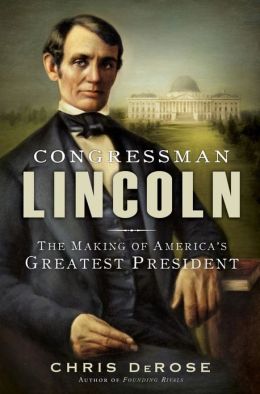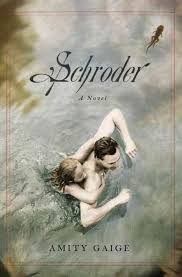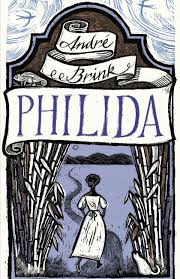Ideas for Before or After Easter by Janice Clauser
The Crawfordsville Library will be closed Sunday for Easter.
Some new
biographies bring us a variety of information. Chris DeRose brings us
“Congressman Lincoln” subtitled The Making of America’s Greatest President.
Each book about Lincoln has its own mission, and this one explains his
“ambitious and controversial early political career, and his surprising
ascendancy that was both historic and far from inevitable.” “Wave” by Sonali Deraniyagala
is her documentation of the morning of December 26, 2004 and her subsequent
life since only she survived the Sri Lanka tsunami which claimed her husband
and two young sons. Her journey’s goal is to learn balance between her loss and
her need to keep her family, somehow, still alive within her. “In the House of
the Interpreter” by Ngugi-wa Thiong’o is
a memoir of his life and times at boarding school, the first secondary
institution in British-ruled Kenya in the 1950s, recalling the tumultuous Mau Mau
uprising for independence and Kenyan sovereignty.
A country girl from Henrietta,
Tennessee grew up driving fast and playing hard, learning basketball while
working in tobacco fields under her father’s demands. Going on to set records
for victories, earning an Olympic medal, becoming head coach of the University
of Tennessee Lady Vols, winning more games than anyone in NCAA Division I
history, finally receiving the Presidential Medal of Freedom–all these are
included in Pat Summitt’s “Sum It Up.” Next, in “The Ordinary Acrobat” Duncan
Wall recalls his life as a college student in Paris, his application to the
Ecole Nationale des Arts du Cirque and his success in that fascinating
organization.
“Finding
Florida” is “the true history of the Sunshine State” by T. D. Allman. Also new
is Fodor’s “New England: Travel Intelligence” of historic towns, fall foliage,
and hiking and skiing information.
L.E.
Modesitt, Jr.’s “Imager’s Battalion” features Quaeryt, commander in the Telaryn
army leading history’s first imager fighting forces against the hostile nation
of Bovaria, teaching men to control the dangerous imaging skills at their
command.
Family
stories include Lisa Gardner’s fiction “Touch & Go,” looking at what lurks
behind the façade of a perfect family, vanished without a trace. “The Prophet”
by Michael Koryta shows ordinary people caught in the middle of an
extraordinary nightmare, this time a horrible crime blamed on the wrong people.
“Schroder” by Amity Gaige creates a seven day period a father spends on the
road with his daughter after kidnapping her during a parental visit.
“Indiscretion” by Charles Dubow starts with an envied and admired couple, and
their changed life that begins when they meet a quiet young girl drawn into
their inscrutable magnetism.
Andre
Brink’s “Philida” is the story of a female slave and her fierce determination
to survive and to be free in 1832’s South Africa. “Canada” by Richard Ford
finds a 15-year-old helped by a friend on the Saskatchewan prairie where an
American fugitive with a violent past presents danger; he is there because his
life in North Dakota was altered when his parents were put in jail for robbing
a bank, and the friend took him away to a new environment. “The Missing
Manuscript of Jane Austen” by Syrie James begins when our heroine finds what
she believes is a letter alluding to an Austen manuscript that “went missing at
Greenbriar in Devonshire.” The clever story “offers a deeper understanding of
what Austen’s unreported life might have been like.” - The Los Angeles
Times.












